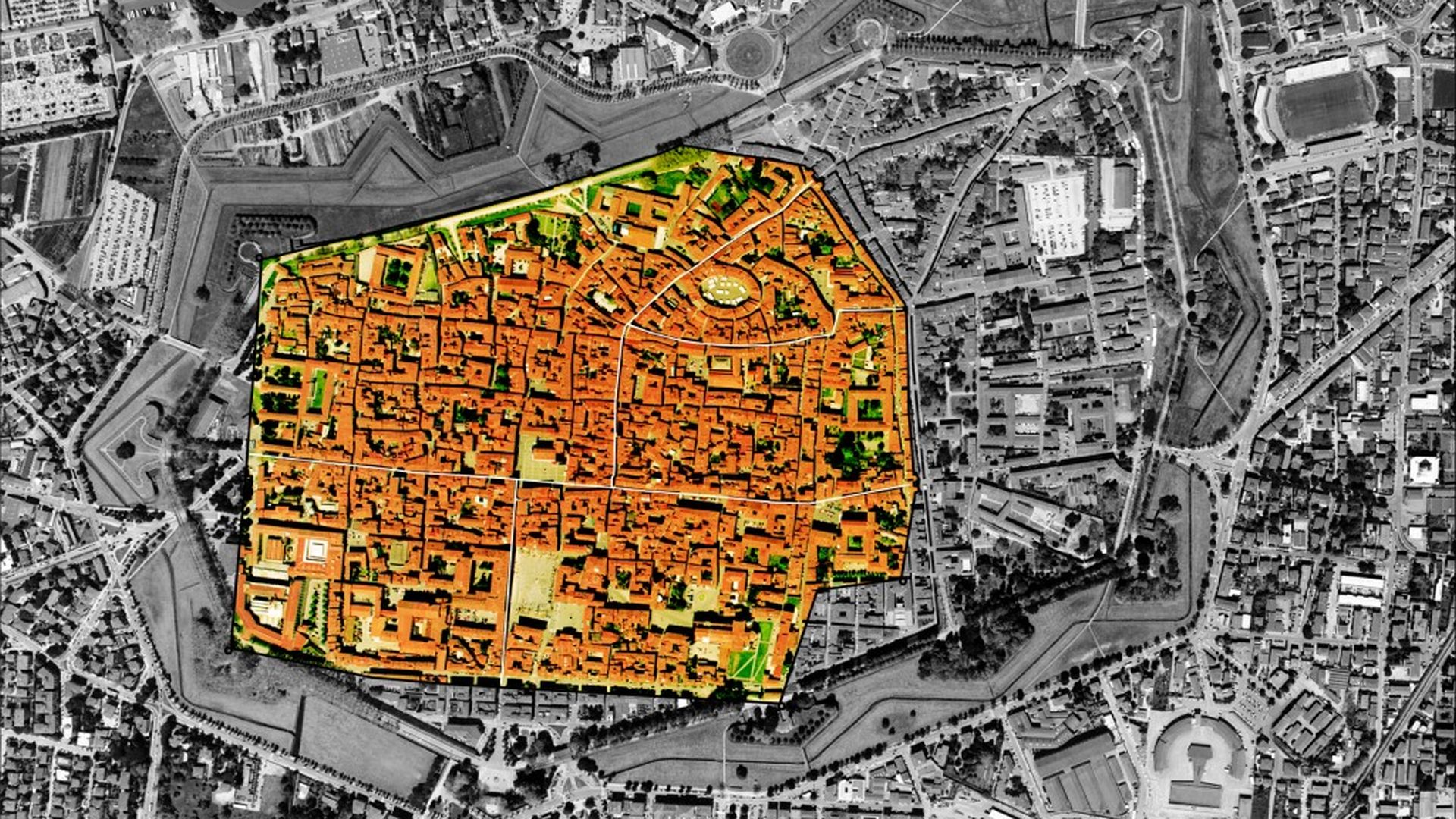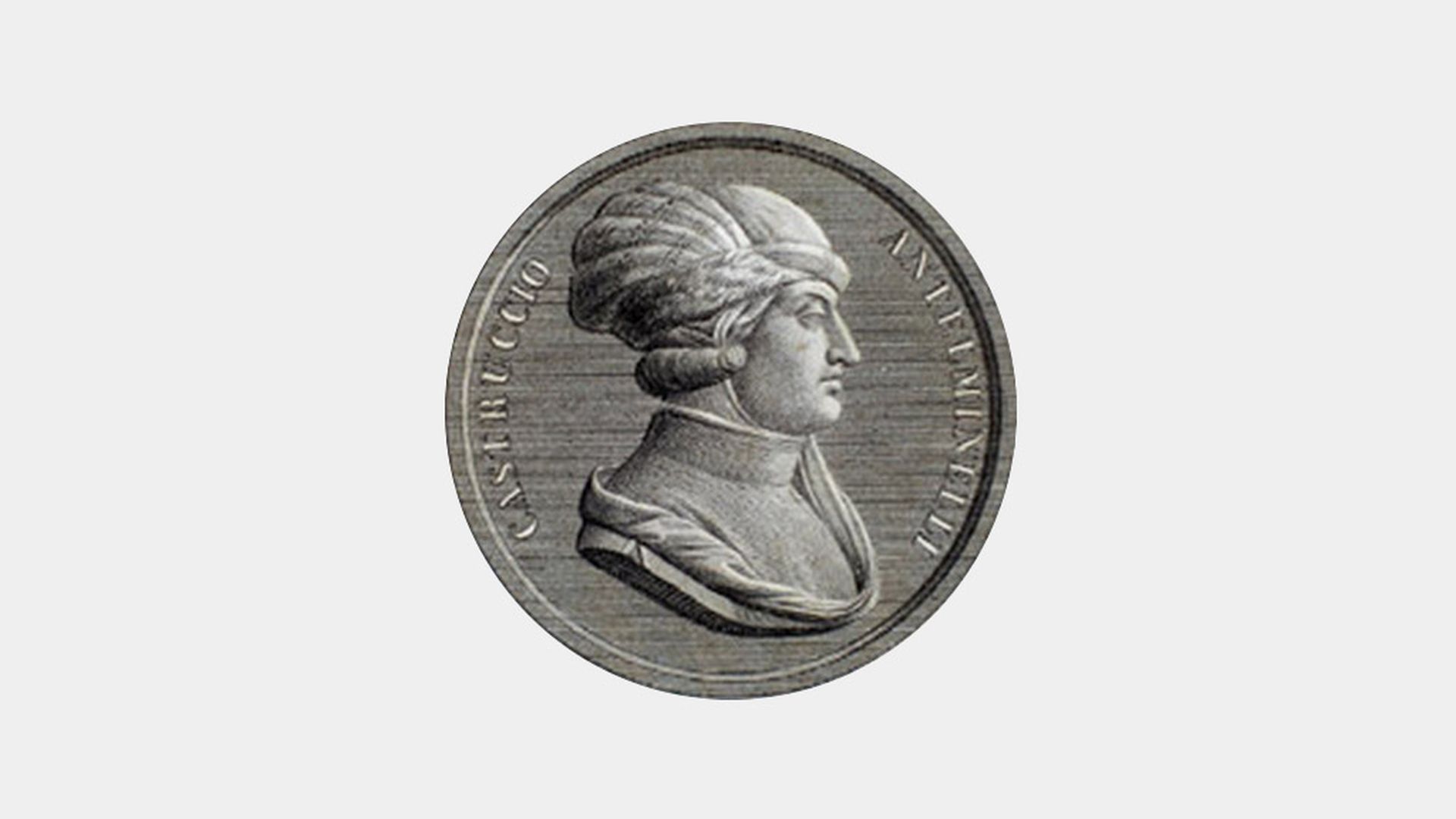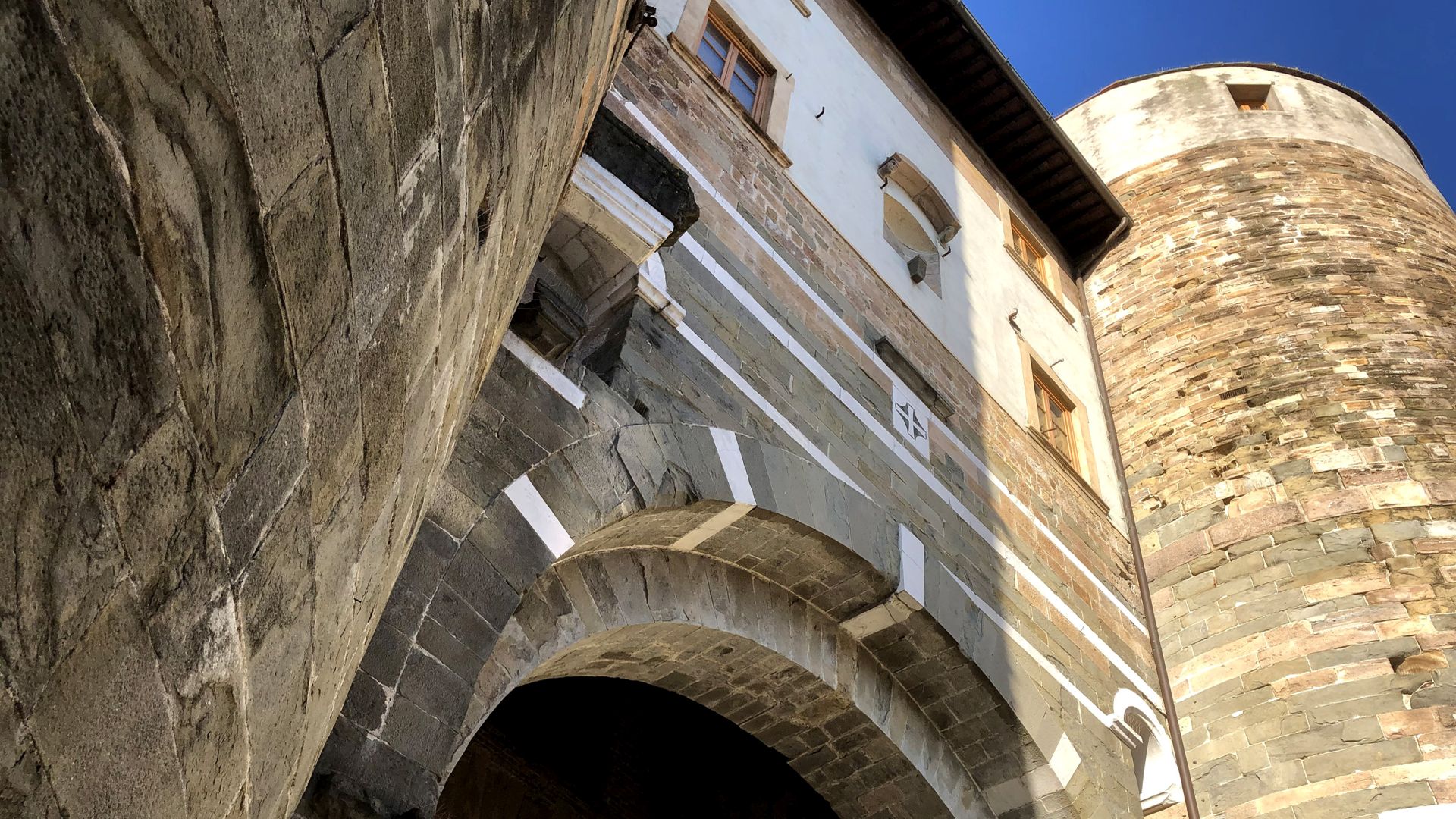Many dynasties accompanied the city of Lucca in the 1st century AD: the Ostrogoths, the Byzantines and the Lombards. After the Gothic wars the Bishop of Lucca, San Frediano, assumed administrative functions by promoting important plumbing to dismiss from the city the river Serchio, playing even a fundamental role of mediator at the beginning of the invasion of the Lombards. Lucca, now important Longobard dukedom, became one of the most long-lived mints in Europe, and fundamental point of articulation to the paths of Via Francigena.





With the end of the Lombard domination and the arrival of the Franks and his king Charlemagne, the importance of Lucca increased so much that the Marquises of Tuscany of the period made Lucca their residence, such as Tuscany Adalbert I.
During the Carolingian period, Lucca developed in business and in textile production, taking a central position in Europe for quality and beauty products.
Until X century the city of Lucca served as arbitrator in all Italian events of the period by controlling the main access road to Rome in an area of almost total autonomy.
With the removal of power from the city and Marquis by granting ever greater administrative autonomy by the diploma of Imperial – Henry IV, 1081 – the city of Lucca became the commune of Lucca around 1100.
During the 12th and 13th centuries, the town of Lucca is engaged in the consolidation of its regional planning by subtracting the surrounding lands to the control of the local feudal lords for a greater urbanization and control. Urban development manifested itself face further growth of the villages outside the Roman walls on the sides, East, West, and North to which was added a new second walls finished in 1260.
Inside the walls, is carried on an intense construction work with the renewal and enlargement of the churches, the vertical growth of palaces and buildings, as evidenced by the dozens of noble towers found in the 13th century. Lucca fortified thanks to merchant activity economically, exchange rates and credit due to the Via Francigena and the presence of one of the most important and advanced Western serum manufactories.
In the second half of the 13th century, Lucca became a Guelph city, albeit divided internally between blacks (representatives of the commercial bourgeoisie) and whites (landed aristocracy).
Around the beginning of 1300 the Alliance with Florence led to an important territorial expansion of both cities, although he had to deal with some tensions Lucca social issues which led to internal failure of municipal institutions: in the black part 1308 to power reformed municipal statutes by banning from the city magnatizie families.
In a period of instability Lucca was plundered on the night of 14 June 1314 by Uguccione della Faggiola, Lord of Pisa, with the help of Lucca Castruccio Castracani degli Antelminelli.
After the fall of Uguccione, hunted in 1316, Castruccio Castracani became the new Lord of Lucca consolidating power and promoting a Ghibelline expansionist policy against Guelph Florence mainly but with his sudden death in 1328, the Duchy of Lucca, collapsed in a period of great decadence.
Lucca managed to reconstitute itself as the only Republic in 1372 thanks to Lucchese merchants present community across Europe that contributed to the rebirth of the city.
A new change took place in 1400, when Paolo Guinigi was elected absolute Lord of Lucca with a coup by Giovanni Sercambi that painted him as a peacemaker and defender of the antifiorentina policy of the city.
During the 14th century the town was deeply marked by the building in the South-western area of Augsburg Fortress (1322) that included within the neighborhoods of San Pietro in Cortina (piazza Grande), the Palazzo Ducale and Saint Roman. Eastern villages sprung up outside the Village and port of Porta San Gervasio and around the churches of san Francesco and San Ponziano, were closed by expanding the walls and bringing the urban area to the current size.
